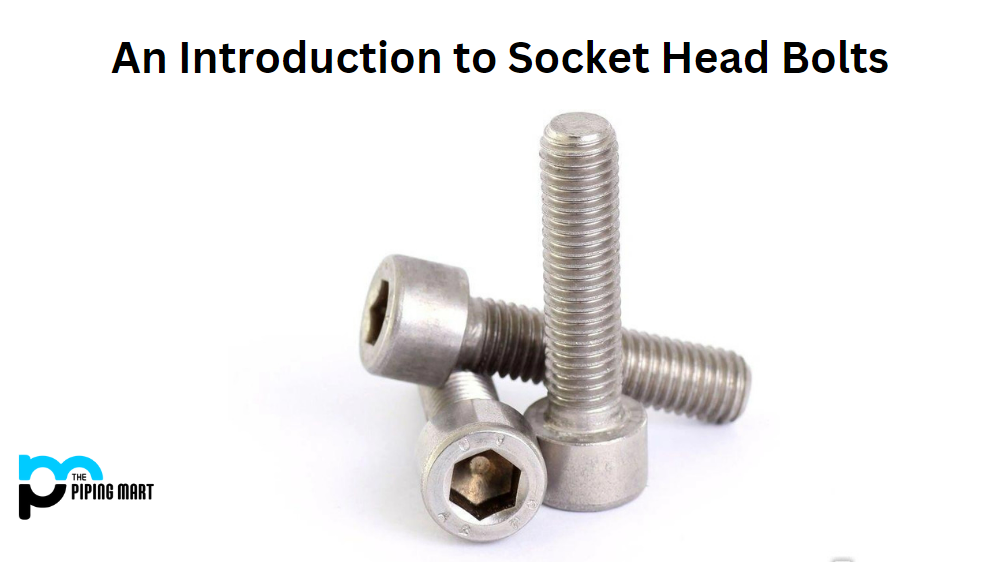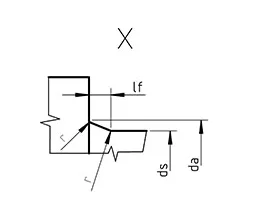What is Socket Head Bolts? Uses, Dimensions and Properties
| 10:35 am


Socket head bolts are among the most commonly used fasteners in various industries, from automotive and aviation to construction and furniture manufacturing. But what exactly are socket head bolts? This blog post will look at the basics of socket head bolts and why they’re so widely used.
What is Socket Head Bolt?
A socket head bolt is a type of fastener characterized by its threaded shank and socket-like head. The actual shape of the head varies depending on the application but typically features an internal hexagonal cavity—hence the term “socket.” This feature allows easy installation using tools such as Allen keys or hex wrenches, which can be inserted into the top of the bolt for secure fastening.
Why Are Socket Head Bolts Used?
Socket head bolts are incredibly versatile, making them ideal for various industries. They are typically used when limited space or access is available, as their low-profile heads make them easier to install than other bolts. Additionally, they often require fewer tools and have fewer parts than different types of fasteners, making them ideal for applications where time is a factor. Their versatility makes them perfect for furniture construction, automotive repair and maintenance, aerospace engineering, and more!
What Are The Different Types Of Socket Head Bolts?
Socket head bolts come in various shapes and sizes designed to suit different applications. Some of the most common types include hexagon socket screws (the most popular type), slotted socket screws (used mainly in woodworking projects), button head screws (which are similar to hexagon socket screws but feature flatter heads), flat countersunk screws (primarily used for mounting objects flush with surfaces), and pan head screws (which feature larger heads than button-head screws). Additionally, some socket-head bolts are made from materials such as stainless steel or aluminum; these types are typically used in specific industrial applications due to their increased strength and durability.
Socket Head Bolts Properties
- Socket head bolts are fasteners with a cylindrical heads with hexagonal recesses.
- They are usually made from steel or stainless steel and are available in various sizes.
- Socket head bolts are used in various automotive, aerospace, and construction applications.
- The main advantages of socket head bolts over other fasteners are their strength and resistance to vibration.
- Socket head bolts are typically more expensive than other fasteners.
Socket Head Bolts Dimensions


| Diameter | Screw Head | Body Diameter (D) | ||||
|---|---|---|---|---|---|---|
| Diam, in (A) | Height, in (H) | Min | Max | |||
| 3/8″ | 0.563 | 0.375 | 0.3750 | 0.3690 | ||
| 7/16″ | 0.656 | 0.438 | 0.4375 | 0.4305 | ||
| 1/2″ | 0.75 | 0.5 | 0.5000 | 0.4930 | ||
| 9/16″ | 0.844 | 0.563 | 0.5625 | 0.5545 | ||
| 5/8″ | 0.938 | 0.625 | 0.6250 | 0.6170 | ||
| 3/4″ | 1.125 | 0.75 | 0.7500 | 0.7410 | ||
| 7/8″ | 1.313 | 0.875 | 0.8750 | 0.8660 | ||
| 1″ | 1.5 | 1 | 1.0000 | 0.9900 | ||
| 1-1/8″ | 1.688 | 1.125 | 1.1250 | 1.1140 | ||
| 1-1/4″ | 1.875 | 1.25 | 1.2500 | 1.2390 | ||
| 1-1/2″ | 2.25 | 1.5 | 1.5000 | 1.4880 | ||
| 1-3/4″ | 2.625 | 1.75 | 1.7500 | 1.7160 | ||
| 2″ | 3 | 2 | 2.0000 | 1.9640 |
Conclusion:
Socket head bolts have been around since World War II and have become one of the most widely used fasteners across countless industries worldwide. Compared to other fasteners, they offer many advantages, including ease of use, quick installation times, versatility across many applications, and superior strength/durability when made from certain materials. If you’re looking for an efficient way to secure items together without taking up too much space or requiring too many tools/parts, consider using socket head bolts!


Abhishek is a seasoned blogger and industry expert, sharing his insights and knowledge on various topics. With his research, Abhishek offers valuable insights and tips for professionals and enthusiasts. Follow him for expert advice on the latest trends and developments in the metal industry.